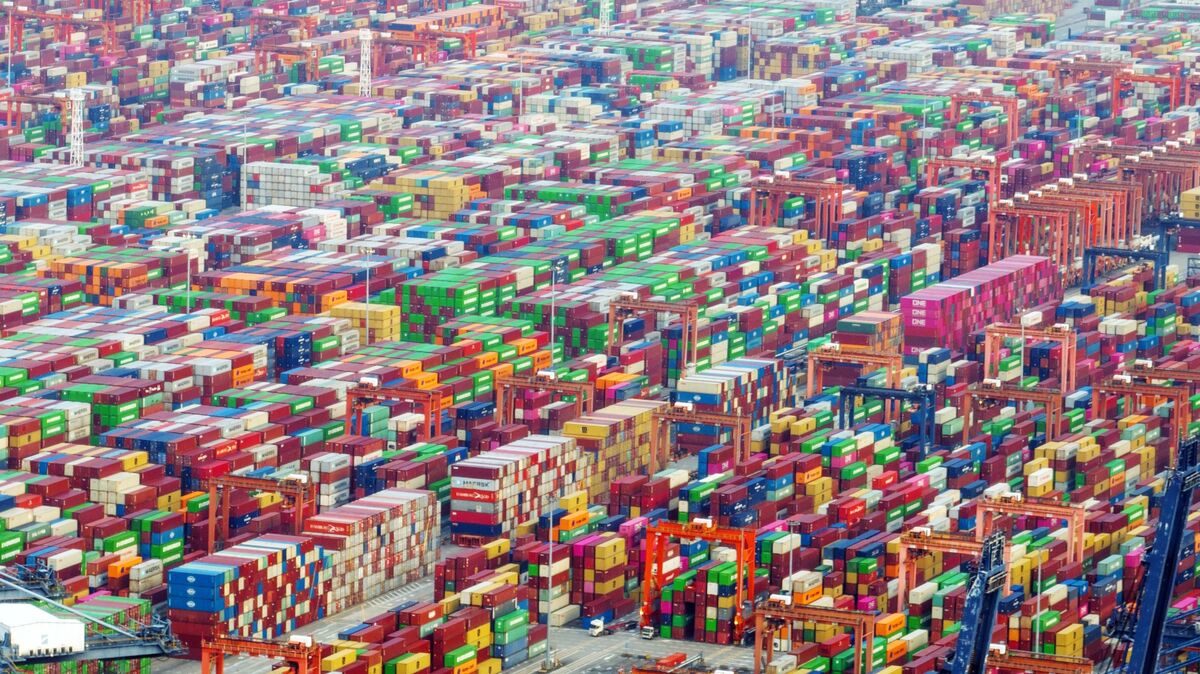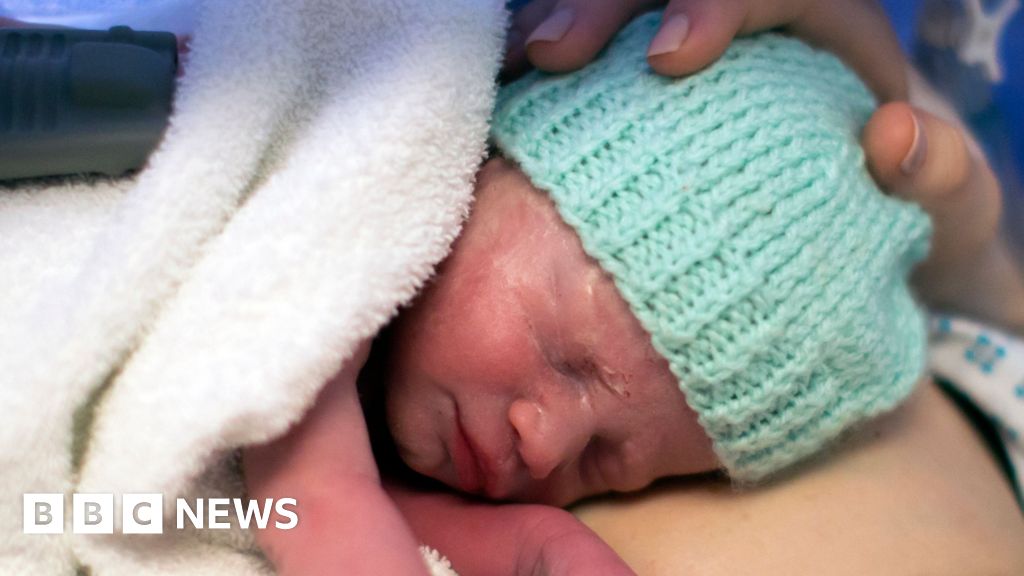- Arvind's Newsletter
- Posts
- Arvind's Newsletter
Arvind's Newsletter
Issue No. #1096
1.Apple plans to source more iPhones from India as potential (short term) tariff fix
Apple plans to send more iPhones to the U.S. from India to offset the high cost of China tariffs, people familiar with the matter said.
The adjustments are a short-term stopgap while Apple attempts to win an exemption from President Trump’s tariffs—which Chief Executive Tim Cook obtained during the first Trump administration. The company sees the situation as too uncertain to upend long-term investments in its supply chain, the people said.
Trump’s tariff package raises levies on Chinese goods to at least 54% while imposing a 26% rate on Indian goods. On Monday, Trump threatened to add to China tariffs if the country doesn’t remove the retaliatory duties they announced after U.S. tariff plans were revealed on April 2.
The iPhone is Apple’s signature product and makes up about 50% of its revenue. The company’s heavy reliance on China for manufacturing has spooked investors concerned about its exposure to tariffs, leading to a 20% decline in its shares, their worst three-day performance in nearly 25 years.
Apple will make about 25 million iPhones in India this year, around 10 million of which would normally supply the local Indian market, said Bank of America analyst Wamsi Mohan. If Apple were to redirect all India-made iPhones to the U.S., it could meet about 50% of American demand for the device this year, he said.
2.Mint Explainer: How big is the weight-loss drug market in India
It’s not just for the celebrities anymore. The ‘miracle’ weight loss drug race has arrived in India with the launch of American drugmaker Eli Lilly’s Mounjaro last week.
Priced at ₹17,500 monthly for a 5mg dose, the drug has an early-mover advantage. But it's just the start. In the coming year, India will see launches from competitors, including generics priced 90-95% lower than this.
Mounjaro, an injectable drug used to treat type-2 diabetes and obesity, was launched in India last week. Chemically known as Tirzepatide, it belongs to a class of drugs known as GLP-1 (glucagon-like peptide-1) receptor agonists, which mimic the GLP-1 hormone to promote a feeling of fullness and regulate blood sugar.
Mounjaro, for instance, leads to an average 21.8 kg weight reduction at the highest dose (15 mg) and 15.4 kg weight loss at the lowest dose (5 mg) over a period of 72 weeks.
While Lilly’s Mounjaro is the first of its kind, it's not the only one. Danish drugmaker Novo Nordisk’s injectable semaglutide – sold under brand names Ozempic and Wegovy –may also be launched in India sometime this year. The innovator hasn’t clarified a timeline yet but must race to bring it to India as the drug goes off-patent in the country early next year.
Indian generics makers Cipla Ltd., Dr Reddy’s Laboratories Ltd, Lupin Ltd, Natco Pharma Ltd, Mankind Pharma Ltd, and Biocon Ltd are gearing up to launch copies of semaglutide in the market. Meanwhile, India’s largest drugmaker Sun Pharmaceutical Industries Ltd is working on its own GLP-1 drug.
US-China tariff war has been ratcheted up
China vowed to “fight to the end” after US President Donald Trump threatened additional 50% duties on Chinese goods if Beijing did not withdraw its reciprocal levy, raising the risk of a prolonged and expanding trade war between the world’s two biggest economies.
Authorities in Beijing accompanied their tariff swagger with increased efforts to support the market. The central bank has loosed its grip on the yuan to boost the appeal of exports and a group of state-linked funds known as the national team scooped up assets. Officials also promised loans to help stabilise the market and were reported to have considered front-loading some stimulus.
The upshot was a rebound in Chinese stocks after Monday’s steep selloff, with the Hang Seng China Enterprises Index rising 2.3% as major Asian benchmarks gained.
4.Equities beyond China rose in major Asian markets, led by a surge in Japanese stocks.
The Nikkei rose 6%, the most since August, driven by optimism that the nation would get priority treatment among countries seeking to roll back tariffs. US Treasury Secretary Scott Bessent said that Japan would move to the front of a very long line for coming forward quickly.
US stocks climbed on Tuesday as global markets staged a partial rebound after three days of turmoil unleashed by US President Donald Trump’s tariffs.
The benchmark S&P 500 index was up 2.2 per cent by early afternoon, drifting back slightly from larger gains earlier in the session. The Nasdaq Composite gained 2.5 per cent.
5.Donald Trump’s tariffs will fix a broken system: Peter Navarro in Financial Times
The writer is President Trump’s senior counsellor for trade and manufacturing
The international trade system is broken — and Donald Trump’s reciprocal tariff doctrine will fix it. This long-overdue restructuring will make both the US and global economies more resilient and prosperous by restoring fairness and balance to a system rigged against America.
For decades, under the biased rules of the World Trade Organization, the US has faced systematically higher tariffs from its major trading partners and far more punitive non-tariff barriers. The result is a national emergency that threatens both our economic prosperity and national security.
At the heart of this crisis is a trade deficit in goods that has ballooned to more than $1tn annually. The economic models of free trade that predict chronic trade imbalances will always be eliminated through price adjustments via exchange rates are dead wrong.
The US cumulative trade deficits in goods from 1976 — the year chronic deficits began — to 2024 have transferred over $20tn of American wealth into foreign hands. That’s more than 60 per cent of US GDP in 2024. Foreign interests have taken over vast swaths of US farmland, housing, tech companies, and even parts of our food supply.
A central driver of this one-sided trade is the WTO’s “most favoured nation” (MFN) rule, which requires member countries to apply the lowest tariff they offer to any one nation to all WTO members. America’s trading partners can maintain high, uniform tariffs across the board — with no incentive to negotiate fairer terms with the US.
Since 1979, the year that manufacturing jobs peaked in America and the Tokyo round of the General Agreement on Tariffs and Trade ushered in major MFN-driven tariff reductions, the US has lost 6.8mn manufacturing jobs. Since China joined the WTO in 2001, real median weekly earnings in the US have largely stagnated — rising little more than 10 per cent over the entire period. Read on in gift article.
6.India Overtakes Germany To Become 3rd-Largest Wind, Solar Power Generator
India became the world's third-largest producer of electricity from wind and solar energy in 2024, overtaking Germany, to according to a new report. The sixth edition of global energy think tank Ember's Global Electricity Review said wind and solar together generated 15% of global electricity last year. India's share stood at 10%.
The report said low-carbon sources, including renewables and nuclear power, together provided 40.9% of the world's electricity in 2024. This is the first time the 40% mark has been crossed since the 1940s. In India, clean sources accounted for 22% of the electricity generation. Hydropower contributed the most at 8%, while wind and solar together accounted for 10%.
7.Revival of the Dire Wolves ?
Biotechnology startup Colossal announced yesterday it has successfully revived the dire wolf, which went extinct thousands of years ago and was popularised through George RR Martin's "Game of Thrones." The breakthrough marks the world’s first de-extinction of an animal.
The dire wolf roamed the Americas more than 12,000 years ago before its prey—large herbivores like bison—were largely depleted. Colossal created three wolves: six-month-old adolescents Romulus and Remus, and pup Khaleesi. The company created the wolves using DNA fragments from a 13,000-year-old tooth fossil and a 72,000-year-old skull. They also used CRISPR technology to edit genes of the dire wolf's closest living relative, the gray wolf, selecting for white fur.
Colossal—launched in 2021 and valued at over $10B—seeks to recreate extinct species like the woolly mammoth and the dodo bird. The company hopes the projects will yield profitable insights to benefit human health, like helping to develop artificial wombs.
But some scientists reject the company’s claim that the new animals are a revival of the extinct creatures, since in reality dire wolves and gray wolves are different species separated by a few million of years of evolution and several million letters of DNA.
8.How To Create Meaningful Connections By Asking Great Questions; Sara Ness
“In this article, I'm going to break down the subtle skill of asking great questions by identifying some questioner archetypes. Maybe you’ll recognize yourself in a few of them! We’ll discuss small talk, non-sequiturs, scientific curiosity, spaceholding, and more. By the end, you’ll have many ideas of how to make even the most prosaic conversation a meaningful experience.”
9.A little miracle': First baby born in UK to woman with transplanted womb
A "miracle" baby girl has become the first child in the UK to be born to a mother using a donated womb.
The baby's mum, Grace Davidson, 36, was born without a functioning uterus, and received her sister's womb in 2023 – in what was then the UK's only successful womb transplant.
Two years after that pioneering operation, Grace gave birth to her first child in February. She and her husband, Angus, 37, have named their daughter Amy after Grace's sister, who donated her womb.
10.Drone-based package delivery set to take off across Delhi-NCR soon
Residents of the national capital region (Delhi-NCR) will soon have drones delivering their packages. Skye Air, a company that uses drones to deliver e-commerce and quick-commerce packages, plans to expand operations to Delhi-NCR this year. The company currently delivers packages via drones in Gurugram and parts of Bengaluru.
Ankit Kumar, chief executive officer of Skye Air, said, “The immediate focus lies in taking our operations multi-city. We will penetrate deeper into Gurugram and Bengaluru and also expand to Delhi, Faridabad, and the entire NCR. Probably next year, we will look at going to Mumbai, Pune, Hyderabad, Kolkata, and a few other locations.”
The company plans to target high-density areas in Delhi-NCR, preferably 8-9 pin codes, Kumar said. “In Delhi, we are not looking to expand beyond the western and southern parts of the city. In Bengaluru, just one pin code is active. We are looking to make 4-5 pin codes active in the next three months and then scale up.”









